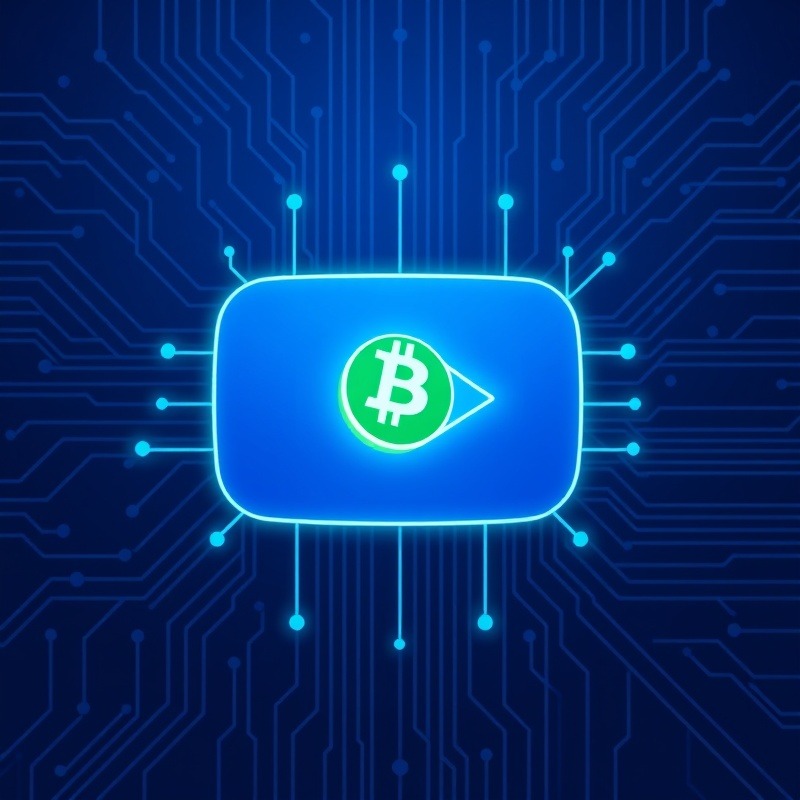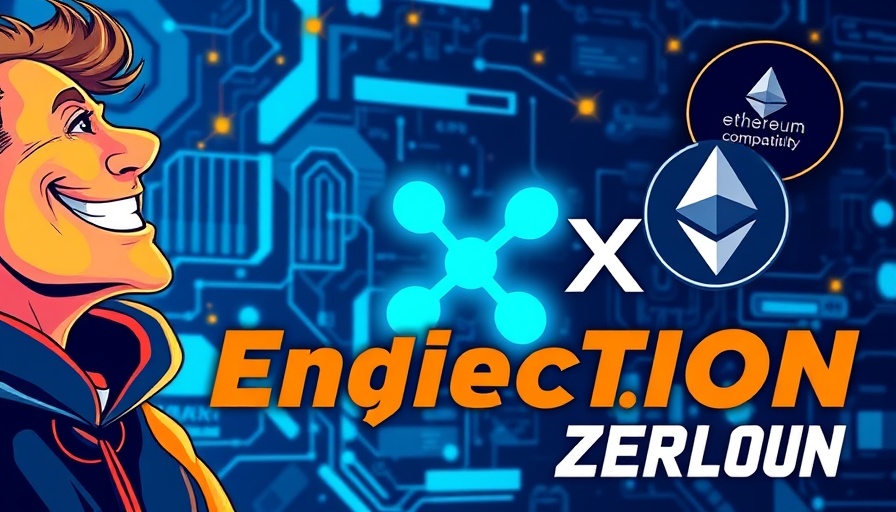
The Rise of Tokenized Real-World Assets: A Transformational Shift
As the crypto landscape continues to evolve, we are witnessing a pivotal transition towards the adoption of tokenized real-world assets (RWAs). This shift is driven by an increasingly positive regulatory outlook for cryptocurrencies, which has prompted companies from various sectors—including finance, technology, and real estate—to explore the integration of blockchain with tangible assets. With established firms like Coinbase and mega banks like JP Morgan leading the charge, the implications of this movement are profound for the future of finance.
In 'The REAL Reason Big Banks Are Flocking to Crypto RWAs', the discussion dives into the transformative power of tokenized assets, exploring key insights that sparked deeper analysis on our end.
Understanding Real-World Assets (RWAs)
Real-world assets refer to tangible items—ranging from real estate and stocks to commodities—that can be tokenized and traded on a blockchain. Tokenization assigns a digital token to an asset, thus enhancing its liquidity, transparency, and ease of transfer. This form of blockchain integration provides a legal framework that treats tokenized versions of these assets equivalently to their non-tokenized counterparts, creating new avenues for investment and trading.
Key Sectors Embracing Tokenization
The tokenization of RWAs is not limited to crypto-native exchanges, which are the most obvious candidates for integrating blockchain technology. Major banks like JP Morgan and Bank of America are also making strides toward incorporating RWAs into their offerings, thereby revolutionizing traditional financial practices. For instance, JP Morgan has recently connected its core payment system to a public blockchain, receiving commendations for its innovative approach to integrating RWAs into its existing financial framework.
Banking Sector's Innovative Leap
JP Morgan's introduction of JPMD, a deposit token representing a digital commercial bank deposit, highlights the growing interest among banking institutions to embrace tokenized assets. Not only will this allow them to offer 24/7 services, but it also opens doors for institutional crypto adoption. Meanwhile, Bank of America has expressed interest in launching its own stablecoin, subject to comprehensive regulatory approval—a significant leap towards mainstream acceptance of cryptocurrency in banking.
Web 2 Companies Transitioning to Web 3
Outside the banking realm, web 2 giants like Meta, Walmart, and Amazon are exploring stablecoins as a method to enhance their payment systems, thus bypassing traditional banking fees. This indicates a strategic pivot from conventional processes toward a decentralized future, where companies can harness the efficiencies of blockchain technology for smoother transactions. With projections that the stablecoin market could swell to a staggering $3.7 trillion by the end of this decade, the potential financial impact is immense.
The Impact on Real Estate
The real estate sector is at the forefront of RWAs, with companies increasingly recognizing the efficiency gains that tokenization can deliver. Innovations such as the launch of a regulated real estate platform by Ori Capital in Canada have set the precedent for fractional ownership of properties. Similar developments are being observed across global markets, including Dubai's pioneering efforts in tokenizing real estate through its government-backed initiatives.
Market Predictions: What Lies Ahead?
As we navigate this rapidly evolving landscape, the expansion of the RWA market could lead it to eclipse a staggering $30 trillion by 2030. This projection underscores the critical role that institutional adoption will play in the success of both RWAs and the broader crypto ecosystem. The compounding effects of one company’s success will likely inspire others to follow suit.
Potential Cryptos Benefiting from the RWA Movement
The cryptocurrencies poised to benefit from the RWA narrative include Ethereum, Solana, and XRP, among others. Additionally, specialized blockchains such as the OnoChain and XDC network are specifically designed for tokenized assets, making them attractive choices for institutional adoption. The influx of capital and innovation can significantly sway the overall crypto market as RWAs take center stage.
Call to Action: Stay Informed and Involved
In the wake of these developments, both seasoned investors and newcomers to the cryptocurrency space should remain vigilant and informed. Joining platforms that offer curated cryptocurrency education, detailed market analytics, and updates on the regulatory landscape can empower you to navigate successfully. Consider participating in forums or subscribing to newsletters like Coin Bureau for deeper insights. Now is the time to enhance your understanding of tokenization and the transformative power it holds for our financial future.
 Add Row
Add Row  Add
Add 




 Add Row
Add Row  Add
Add
Write A Comment